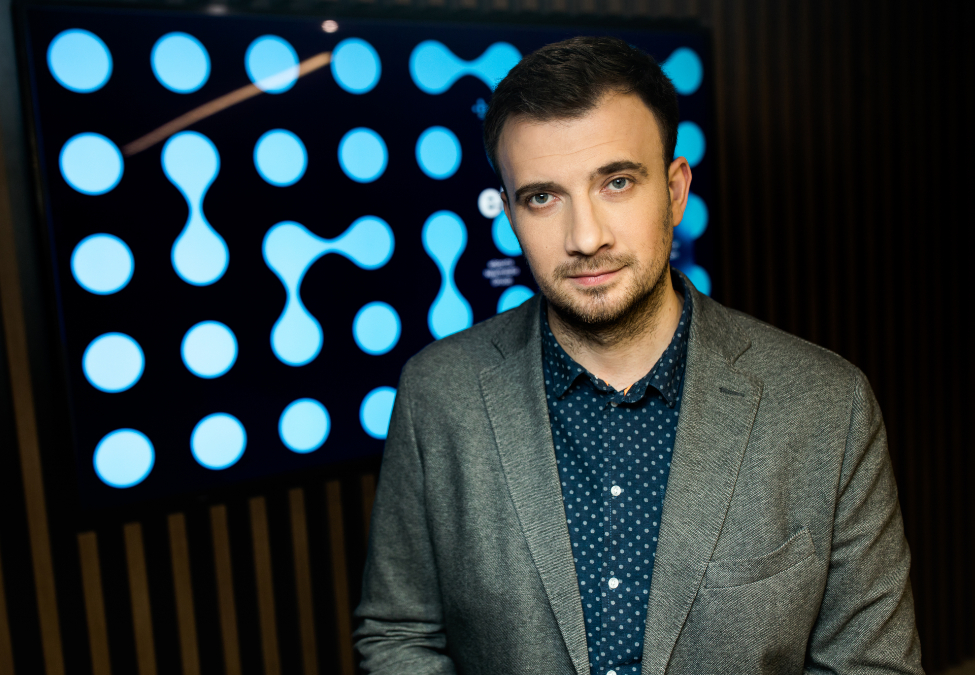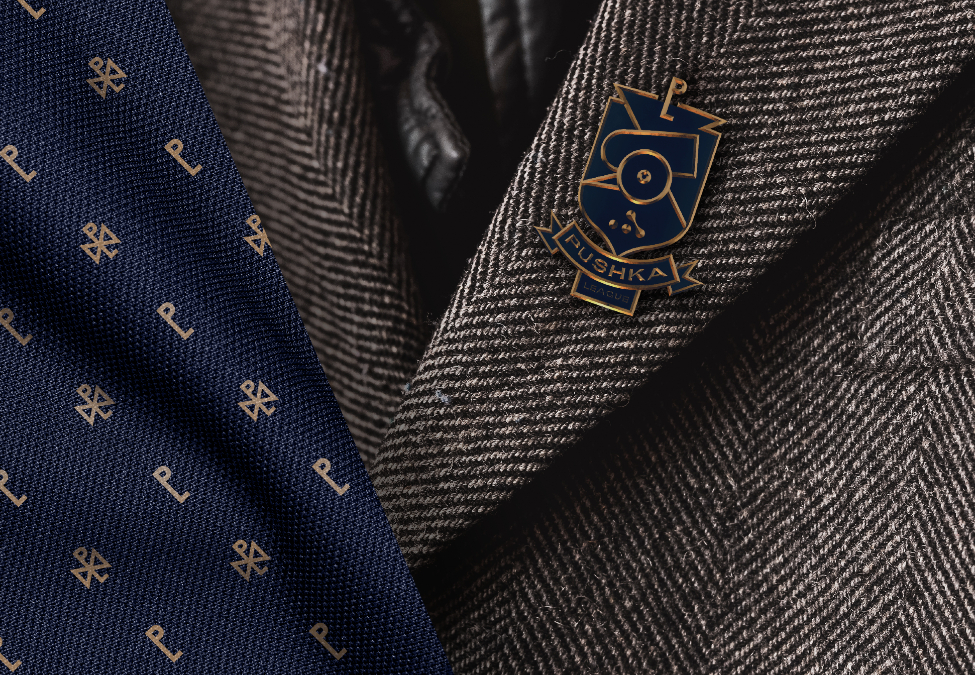In June 2020, WePlay! Esports hosted its very first publisher-affiliated Counter-Strike: Global Offensive event, WePlay! Clutch Island. While the competition took place online due to COVID-19 restrictions, the broadcast was conducted in a studio environment with a familiar roster of commentators, analysts and – of course – WePlay! Esports’ unique set design.
Once WePlay! Clutch Island finished, we spoke with Ivan Rogovchenko, Chief Design Officer at WePlay! Esports, about the tournament operator’s approach to design, and how exactly the concept behind this event came to fruition.

Esports Insider: WePlay! Esports’ stages and overall designs sets it far apart from all other major tournament organisers. How long has WePlay! Esports specialised in this?
Ivan Rogovchenko: WePlay! Esports has a long history starting from 2012. It was a small company whose team mainly consisted of esports enthusiasts, but the relaunch at the end of winter 2018 has changed a lot in how we operate. Since that time, we’ve been searching for effective ways to engage with the audience. Our goal is to cover esports events through the whole existing ecosystem, but to do it following a unique approach.
When we were planning to host our first tournament, Reshuffle Madness in September 2018, we aimed to make an unforgettable first impression. We had the resources, a freshly redesigned studio, a media platform, and successful past projects in 2016 with huge prize funds under our belt.
So, we could not just make another esports event. How did we plan to distinguish ourselves from competitors? First of all, we focused on the main needs and wants of our target audience: great visual content and exciting storytelling. These two pillars make up our visual communication strategy. The production team, headed by Maksym Bilonogov, the General Producer at WePlay! Esports, is responsible for storytelling – and the design team that I lead is working on the visual part. Our art director works closely with the production team to implement the ideas we pitch and the whole team eventually influences how WePlay! Esports engages with the audience, new and potential partners, or teams.
ESI: Can you share some details about the design process that goes into making these stages and stories behind the events themselves? Is this all done in-house, or is any part of the process from inception to execution outsourced?
IR: We try to do everything in-house, and that’s our principle. All solutions for infrastructure, the tournament platform, brand identity, and other design solutions are developed by our employees. This principle allows us to be flexible and fast in making and implementing decisions, and creating a visual communications design strategy. We can also experiment without being afraid to make mistakes because we hire people who fit our corporate culture while adjusting our strategy to them.
On the subject of our staff, we have several teams working together on a daily basis. The production team develops a tournament idea from a storytelling point of view. The communications design team uses this idea and plot to develop branding, a tournament identity, the so-called key visuals for advertising, communications, and other tasks. The title team creates the graphics that viewers see on-air such as statistics, player comparisons, activities, or the heads-up display – a background interface in Counter-Strike we showcased at WePlay! Clutch Island.
When it comes to the design process, there are many methods that we use, so I will skip this part. However, the most important is that we usually try to combine things one won’t expect to see together. For example, we used a fluffy logo for the WePlay! Dota 2 Valentine Madness event, as well as a blend of closed community and classic history at the WePlay! Pushka League Dota 2 event – the latter of which, to me, is the most efficient branding we’ve ever done for tournaments.

ESI: It seems feasible that a lot of design concepts are thought up and thrown away when trying to find the perfect solution. Can you think of any rough ratio of successful, final designs that reach the public to the total number of drafts and ideas that are thought up by WePlay! Esports’ design team?
IR: In graphic design, the concept behind the used symbol is crucial – and I’ll tell you what – once you have a solid idea that’s based on great visual storytelling, the visual component you get is a result of work by skilled specialists. We spend a lot of time to elaborate on any concept. Usually, we go with the third or fourth solution as it has features to develop a great product: forethought, great idea, and visual presentation. So, our team could do many iterations before creating the final design. We have a funny story for such situations called a “12-hour branding.”
When preparing for WeSave! Charity Play, an event that aimed to combat the spread of coronavirus, Vitalii Ivanenko, Head of Design at WePlay! Esports, and I came up with the concept at 6pm. We wanted to get the design ready by the morning to be able to send teams their invites as quickly as possible. The next workday, the art director smacked all our ideas and drafts down. She developed a new concept herself within two hours, and that was the logo that everyone saw on the broadcast.
ESI: There must be a big team behind such bold design projects. Could you share what kind of resources – whether they be time, people, or financial budget – are put towards the planning and delivery of such unique designs?
IR: Since we design everything in-house, our team is huge and includes various roles. 3D and motion designers are working in the production team headed by General Producer Maksym Bilonogov. The rest of the specialists are from my department, and they represent two main disciplines: visual communication and interaction design.
The Art Director leads the visual communication design team. These guys develop concepts for tournaments, advertising campaigns, special projects, and manage design standards. Besides that, the team includes people working solely on banners and ad visuals for marketing communication, and those doing social media design – graphics one can see on Twitter, Reddit, Instagram, and our site. The creative team develops an identity for tournaments and overall branding.
Product designers, UX designers, UX copywriters, and researchers work on our digital products: media, events, and tournament platforms, as well as other products with which WePlay! Esports’ audience interacts. So, that’s our interaction design team. Designers in the titles team create all graphics that viewers can see on Twitch during a broadcast.
Several other teams also help us do the job. For example, the customer experience team is responsible for feedback collection, user growth, and additional research. This team helps us understand our users’ needs and wants so we can act upon them. We’ve recently established a branding team that manages internal communications, develops our brand book – specifically the WePlay! Esports brand – and elaborates touchpoints.
ESI: Clutch Island was your first CS:GO tournament to be officially affiliated with Valve. Do you believe that WePlay Esports’ unique designs were a big factor in their decision?
IR: I think that the well-developed concept we provided in the application to Valve, along with other business components, could have influenced their decision. We were elaborating on every detail when working on the concept. Eventually, we implemented all the proposed elements in that application: an event format and a design concept for WePlay! Clutch Island.
Did we cooperate with Valve? No. Our production and design teams did the whole task themselves. In my opinion, when we emphasise visual components and storytelling, we allow the design to play its part, which is to attract user attention and evoke needed emotions.
We are going to dig deeper into this direction and develop new products. We’ll do everything we can to keep your dopamine levels high during tournaments, because we have many ideas and surprises for you in store!
Read other interviews and features in Edition 6 of The Esports Journal.
